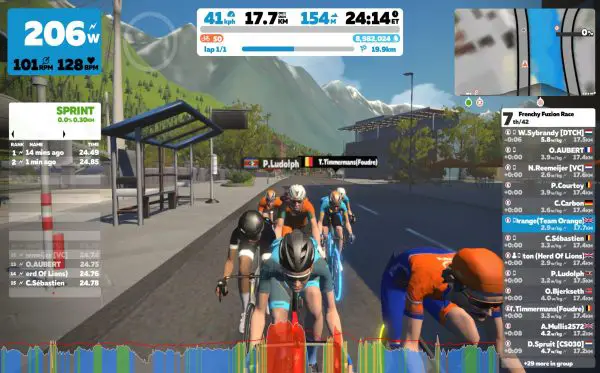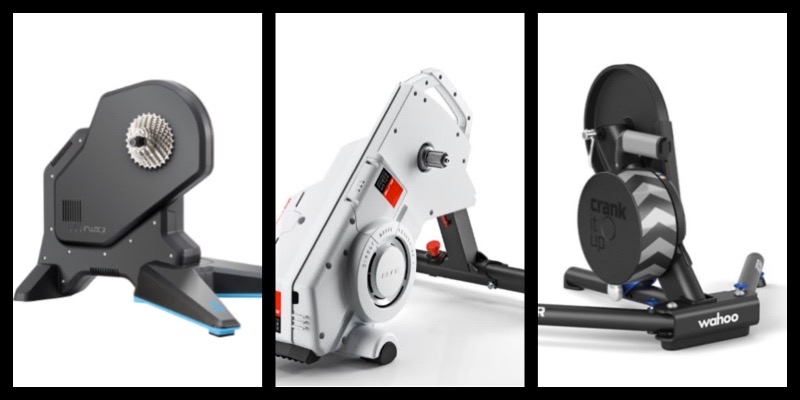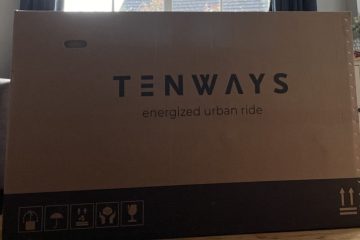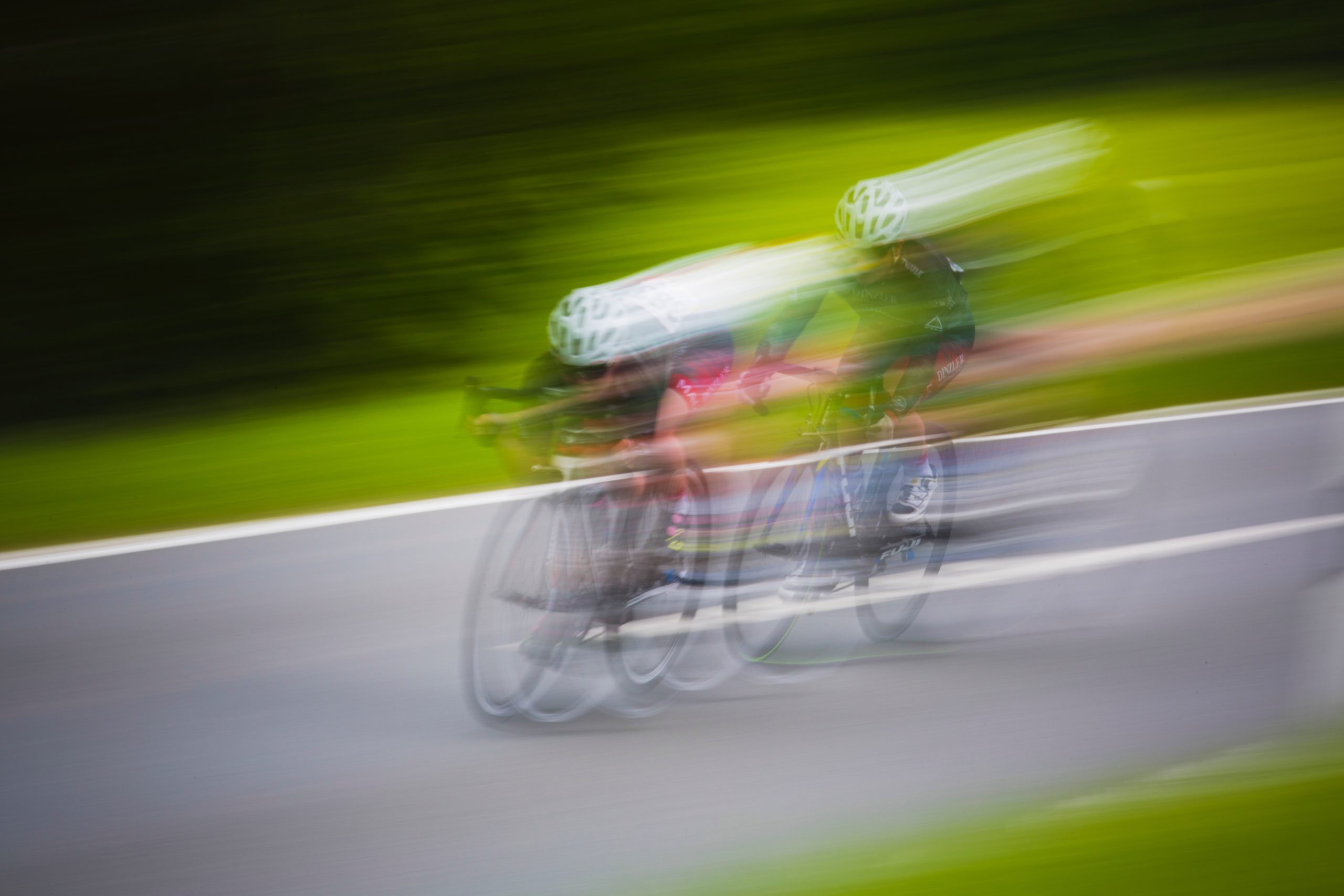This weeks blog covers how much a Turbo Trainer can help to maximise the value of indoor cycling training. I will try and help cover myths around turbo trainers and help everyone keep training through the rubbish weather. I write this from a perspective as someone who loves their smart turbo trainer and use it all year round. My Elite Direct smart turbo trainer has a permanent space in my home all year round.
The first thing you need to maximise your indoor cycling training is a turbo trainer.
What is a Turbo Trainer?
A turbo trainer (or Turbo for short) is a piece of cycling training equipment. You can install at home allowing you to replicate the experience of cycling your bike indoors. Set-up involves attaching your normal bike onto a Turbo locking in the back wheel that rolls against a resistant roller. Alternatively you can lock in the rear frame with a turbo trainer that has a cassette and no wheel.
Your front wheel is static and the back wheel rotates as you pedal. This can be a road bike or any form of bike in reality that you mount onto the trainer. Turbo trainers come in various types from magnetic to fluid to smart but they all essentially do the same thing in allowing you to cycle indoors safely. To maximise the value of indoor cycling training it is an essential item. You can’t get away without buying or borrowing one I am afraid.
Cost does not need to be a barrier to buying a turbo trainer for your indoor cycling training. My first Elite fluid turbo trainer was a second hand unit that I bought for less than a new set of tyres.
To improve the value further of your indoor cycling training you really should consider a smart turbo trainer.
What is a Smart Turbo Trainer?
If you want to maximise the value of your indoor cycling training you really need to consider a smart turbo trainer. A smart turbo trainer delivers the same benefits as regular turbo trainers in terms of indoor cycling. They utilise your own bike in a static frame and replicate the feel of cycling. The difference is that a smart turbo trainer can vary the resistance applied as you cycle. This resistance intelligence is served up by connection to an indoor cycling app such as ROUVY, ZWIFT or MyWhoosh.

Your smart turbo trainer connects through wireless technology to your computer, tablet or phone. This allows the turbo trainer to receive dynamic signals from the app to vary resistance. The indoor cycling app is another must have piece of kit for maximising value of your indoor cycling training.
A smart turbo trainer opens up a community to you. It allows you to join the chain gang ride from the comfort of your garage. I have found different indoor cycling apps vary in the degree of interaction you can achieve.
Benefits of indoor cycling training
One of the main reasons to use the turbo trainer in the winter or at any time of year. This gives you the ability to train with more accuracy than you might be able to outdoors. By training on the turbo you can measure and plan your training more accurately. This is due to there being less variables on the turbo like adverse weather and traffic to contend with.
Sometimes the weather stops you getting outside altogether. Any miles on the turbo are better than an afternoon on the sofa eating your weight in pretzels. If you have to juggle childcare with your training then the Turbo could be your friend. Even when I am on childcare duties I can get some training in without having to leave the house.
While on the turbo you are training flat out and unable to freewheel. When out on the road you will inevitably spend 10-15 per cent of your ride freewheeling or stopping at junctions or traffic lights, interrupting your efforts. Turbo equals wall to wall pedalling.

Improve your technique from indoor cycling training
Using the turbo can also offer the opportunity to take a look at your technique while in the saddle. With cadence, speed and heart rate monitors you can assess how honest your cycling really is able to check in on your first and last mile through smart apps and smart trainers. Smart trainer also allow you to vary your effort during your session and even to compete against with your club mates while in your garage.
Heart rate monitor for indoor cycling training
To make the most of your Turbo trainer from our experience you will need a heart rate sensor and cadence sensor as a minimum this allows you to monitor the quality of your training and track over time the impact your training is having on recovery. If you can’t afford a smart turbo trainer and therefore can’t access the many training plans we recommend you follow a training pattern yourself with planned duration of effort permitting zones for your training during this session ensuring you keep your body guessing rather than a flat slog on the bike for an hour.
Improve your FTP using indoor cycling training
I personally don’t have a power meter on my road bike. We have plenty of Trivelo test associates who use them but I’ve not quite managed to justify it. My Elite smart turbo trainer however gives me wattage information. Amazing! It means I can track and improve my FTP (Functional Threshold Power) score while riding. A smart turbo trainer is less than many power meters so this is a real way to maximise your value from indoor cycling training. Smash your FTP and track your wattage with a smart turbo trainer and indoor cycling training app.
Five mistakes to avoid when indoor cycling training
- Don’t overheat while using the turbo trainer. While cycling you are battling the wind and the elements which in turn helps to reduce your body temperature. While indoors on a turbo trainer there is no natural wind resistance and your body heat will progressively warm the room. Use a van to cool your body or use a room with good ventilation and no heating.
- Don’t go all out for your entire turbo trainer session. It is tempting to take your heart rate to the max and push your body to the limit for every minute of your session. You can achieve better results from varying the effort levels through the session.
- Lazy cycling position. If you just sit back on your bike and disconnect from the handlebars while using the turbo trainer you are not getting the most from your turbo training. To maximise the benefits you should be cycling in the aero position as often as possible in order to achieve the greatest benefit. Neck and shoulder muscles develop through cycling in the aero position and you can continue training these muscles on the turbo trainer.
- Failing to have a plan. Random training is better than no training but structured training yields maximum benefits. Consider what you want to focus on in each session and how training sessions flow into each other to build on benefits.
- Having a poor set up for your turbo trainer. If you don’t have a flat surface your bike will rock. Ideally you want a very solid surface to set up on. In many ways the same needs exist as those of a treadmill. In addition you ideally want a front wheel riser block to hold the front wheel and elevate the front of the bike.


0 Comments